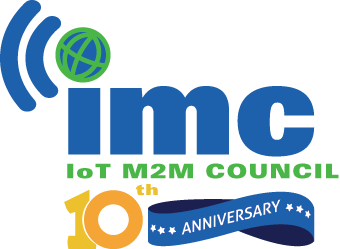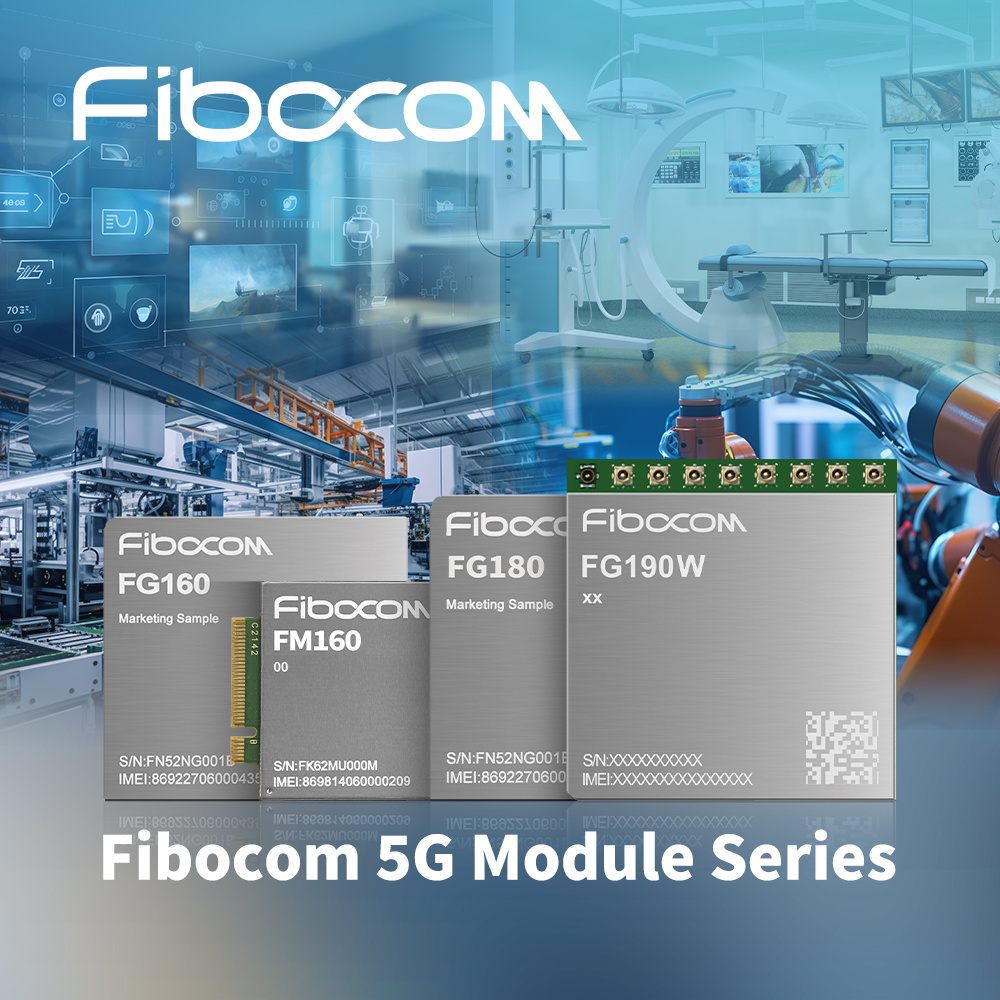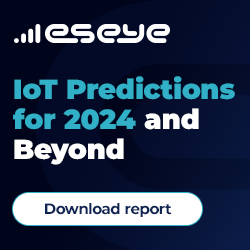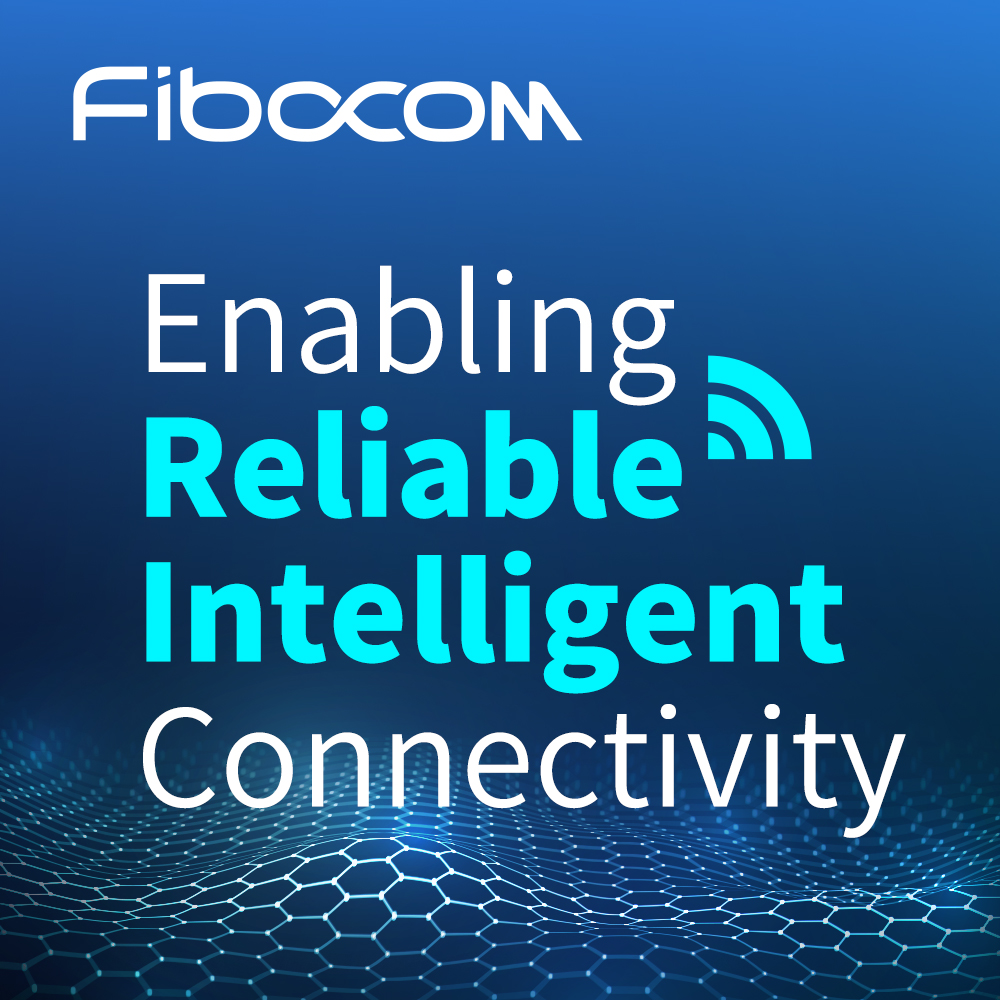How to use everyday objects for contactless payment
- March 6, 2023
- Steve Rogerson

German electronics company Infineon believes its Secora Connect chips will help turn more everyday objects into contactless payment devices.
Making payments at the beach or while playing sports will become increasingly convenient in the future, as more everyday objects such as watches, rings, key fobs and items of clothing gain the ability to conduct payment transactions.
Infineon says it is driving this development forward with its Secora Connect portfolio. The smallest versions of these robust chips are less than half the size of ladybugs, opening up possibilities for manufacturers to turn even small everyday objects into contactless means of payment.
At last week’s Mobile World Congress in Barcelona, Infineon presented an innovative payment option from Pagopace. The Cologne-based start-up showcased a collection of rings that can serve as contactless means of payment, entirely without a battery supply.
The rings are made of wood and ceramic, among other materials, and are virtually indistinguishable from common jewellery. The Secora Connect S should make these rings more user-friendly in the future, for example in terms of contactless payment performance as well as compatibility with enablement services from several tokenisation providers.
In addition, Infineon is presenting Secora Connect X, which should enable particularly space-saving designs for battery-powered devices. The Connect X devices are connected to a single tiny antenna, increasing design flexibility while reducing the size of the device. This leaves more space for other components.
Infineon is supporting several smart ring manufacturers with this design to integrate payment and wireless charging functions into small devices.
“More and more everyday objects are becoming means of payment,” said Thomas Rosteck, division president of connected secure systems at Infineon. “We lay the foundation for this. We make digital payment easier, more convenient and more secured. Infineon’s Secora Connect product line is expanding the possibilities for integrating payment into everyday objects of almost any size. There are virtually no limits to the imagination when it comes to where and in what materials our payment chips can be used.”
Connect X can also be used for security such as two-factor authentication via Fido. Connect S reduces the payment and security function to 2 by 2 by 0.6mm based on field-powered NFC enabling payments without the need for a battery in the device.
Secora Connect not only supports NFC payments, such as Pagopace’s rings, in the future it will also facilitate digital commerce in other connected devices, making it more secured. For example, connected cars with secured and biometrically supported payment methods will be among the key applications In the future, for example, it will be possible to pay charging and refuelling fees, tolls and car washes all directly using the vehicle.
At the same time, developments in contactless payment with chip cards are emerging. These allow cards to be made from metal, recycled plastic, wood and even biodegradable products. Shoppers are also increasingly being given the option of using their fingerprint to identify themselves on the card.
In principle, more means of payment can be used on a contactless basis. The global share of what are called dual-interfaces was an estimated 72 per cent in 2021 and will increase to 91 per cent within the next three years according to ABI Research.
Not only hygienic reasons speak in favour of contactless payment: The technology also means speed advantages, as the Deutsche Bundesbank determined in a recent study. According to this study, contactless payment by card without authentication is one of the fastest ways to settle a bill. Barclaycard puts the speed advantage of contactless payment compared with payment by chip and pin at seven seconds. The advantage over cash payment is as much as fifteen seconds.
Approximately more than 1.6 billion card-based payment options out of 3.5 billion delivered to the market worldwide in 2021 used Infineon’s technology. With a 47 per cent market share, according to ABI Research, Infineon’s chips not only enable payment by card and wearables, but also simplify billing for EV charging and make IoT and smart home applications secured.
Infineon has around 56,200 employees worldwide and generated revenue of about €14.2bn in 2022.




